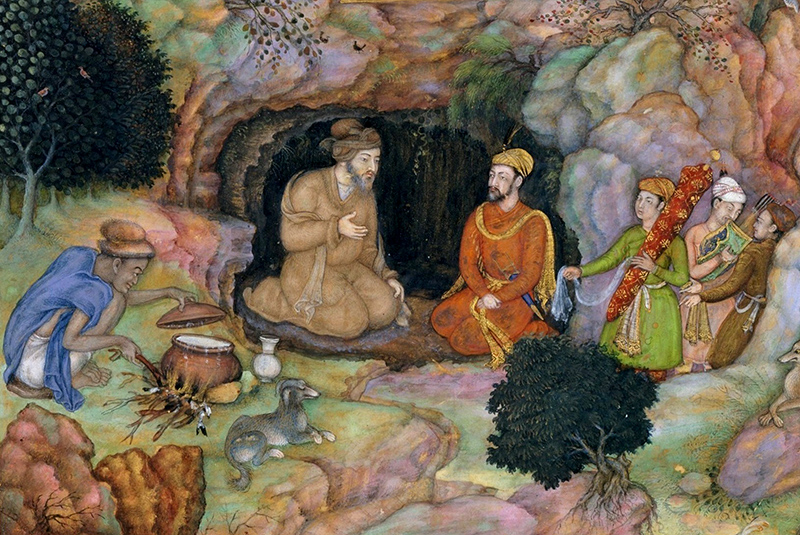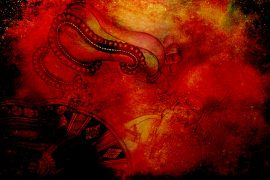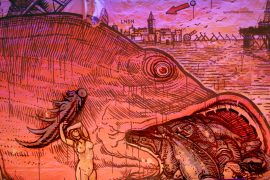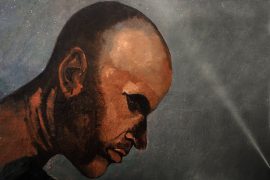In 1580 A.D., the first Jesuit mission to the Mughal court gifted emperor Akbar with a copy of Plantyn’s Royal Polyglot Bible. On receiving the Bible, Akbar reportedly “held them in his hands and publicly kissed them, and placed them on his head.” A Jesuit priest observed Akbar’s behavior in following words:
Removing his cap or turban, kneeling on the ground with great devotion, he prayed before the picture of Christ and of the Virgin, venerating thrice, once in our manner, the other in that of the Muslims and the third in the Hindu fashion, that is to say, prostrate, saying that God should be adored with every form of adoration.
The mission brought forth an entirely new tradition of visual art to the Mughal court, that of the European schools of painting. Ten years later in 1590, one of the Mughal Empire’s greatest painters came forth with a painting of a Madonna and her Child, referencing the Virgin Mary.
Its three-dimensional shading and poignant human expressions were the hallmarks of Basawan – a painter from a cow-herding community, who was among Akbar’s favourites. In his lifetime, he produced over 100 paintings. Akbar’s official historiographer, Abu al-Fadl, wrote of Basawan in the Akbarnama:
Copyright©Madras Courier, All Rights Reserved. You may share using our article tools. Please don't cut articles from madrascourier.com and redistribute by email, post to the web, mobile phone or social media.Please send in your feed back and comments to [email protected]











